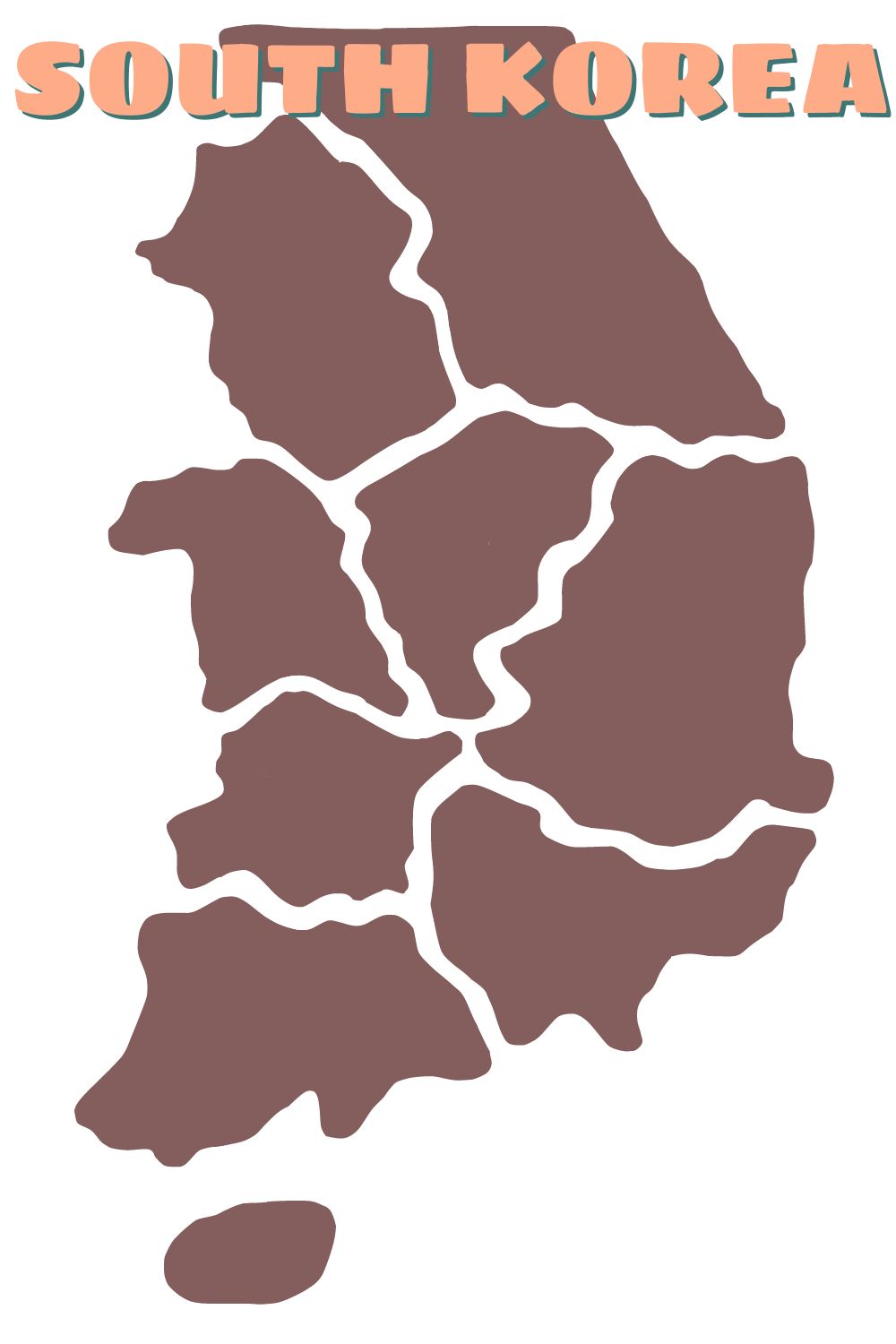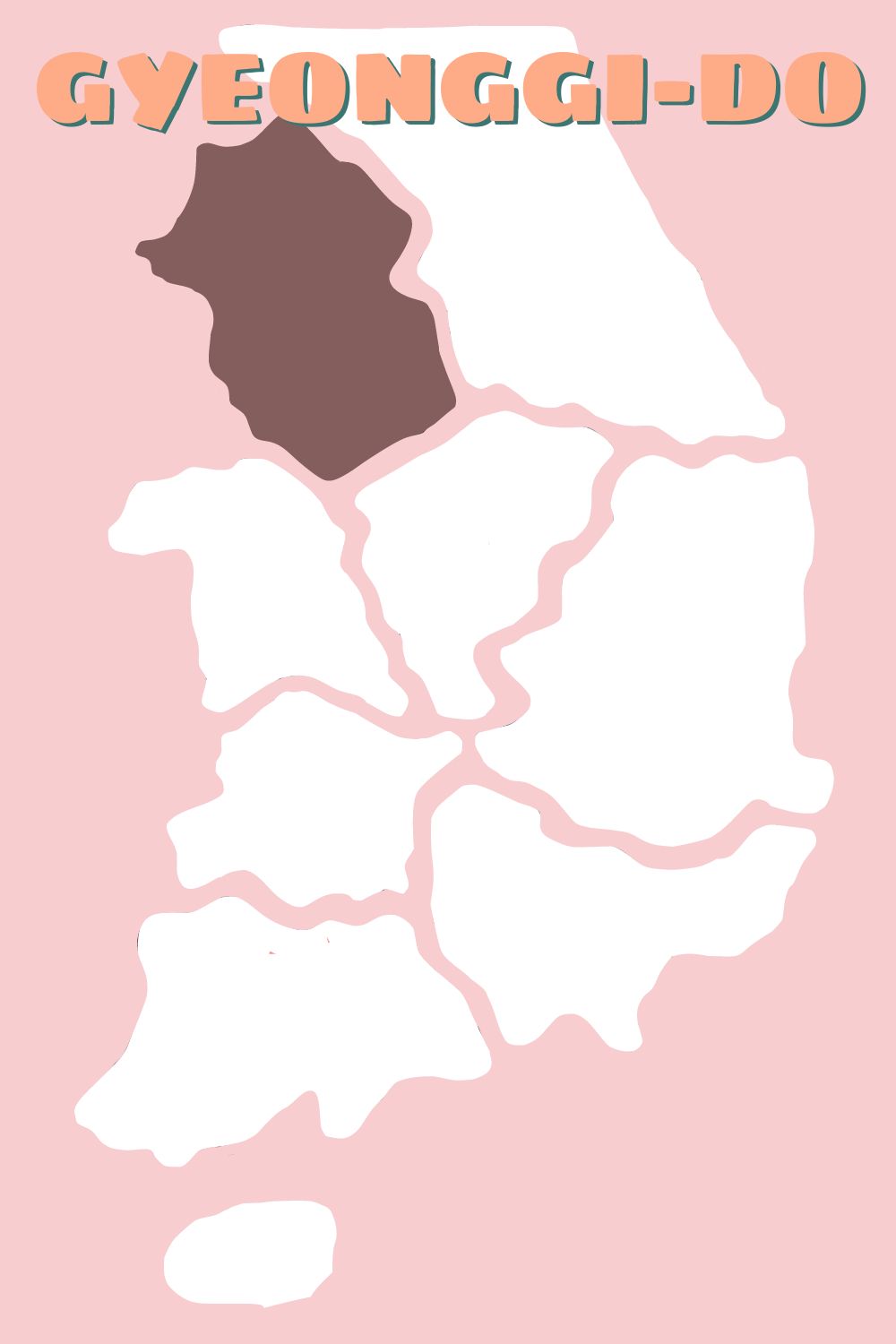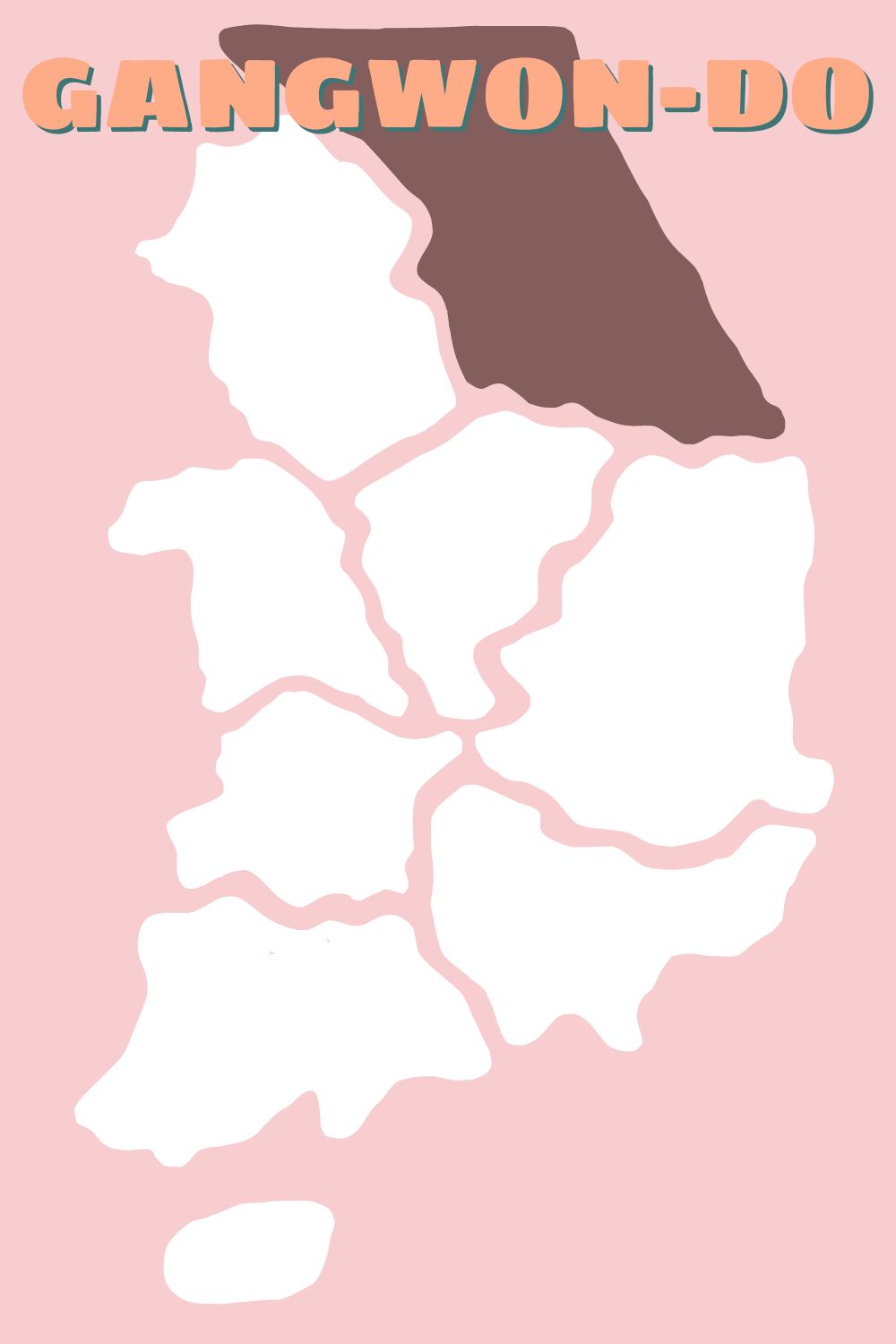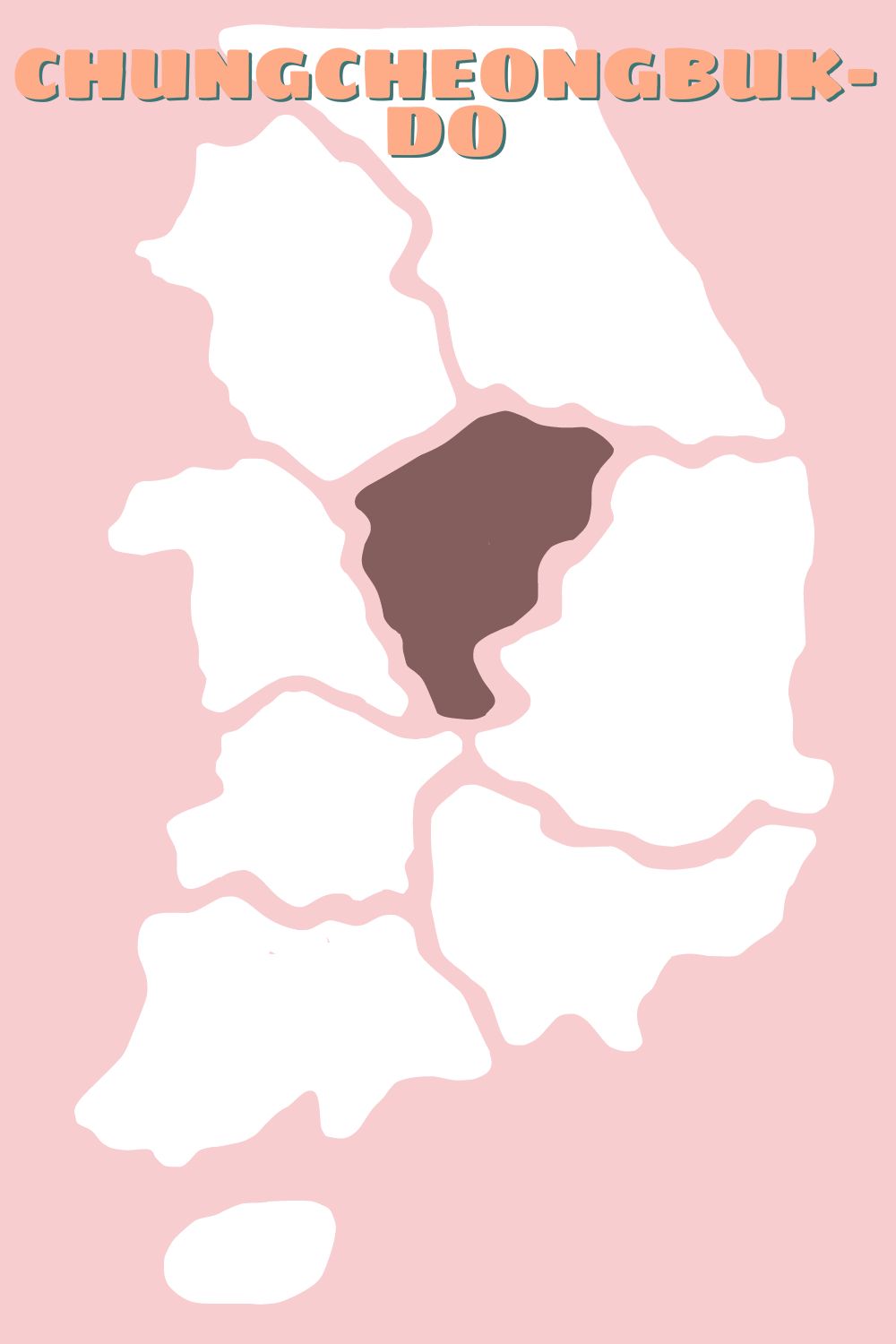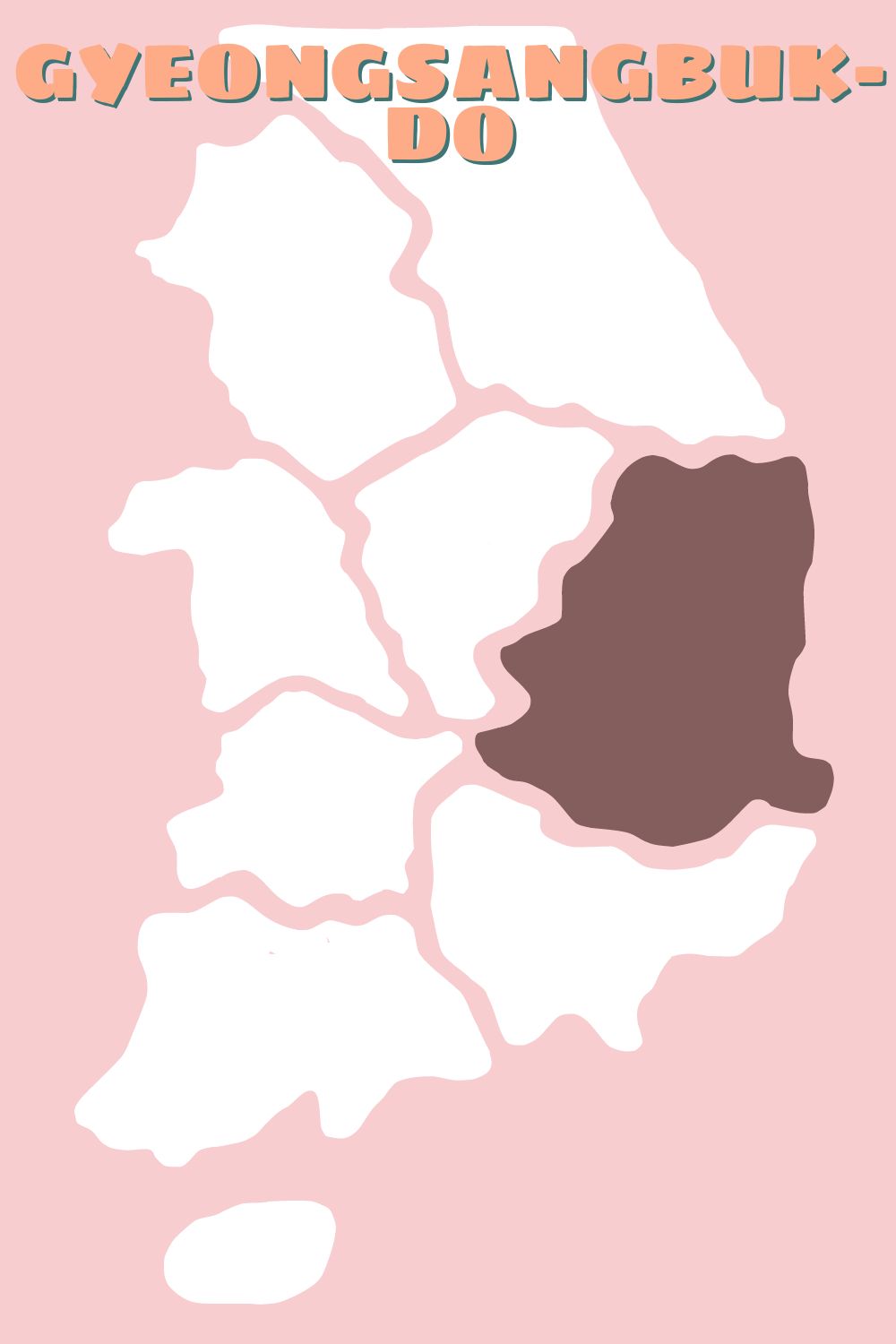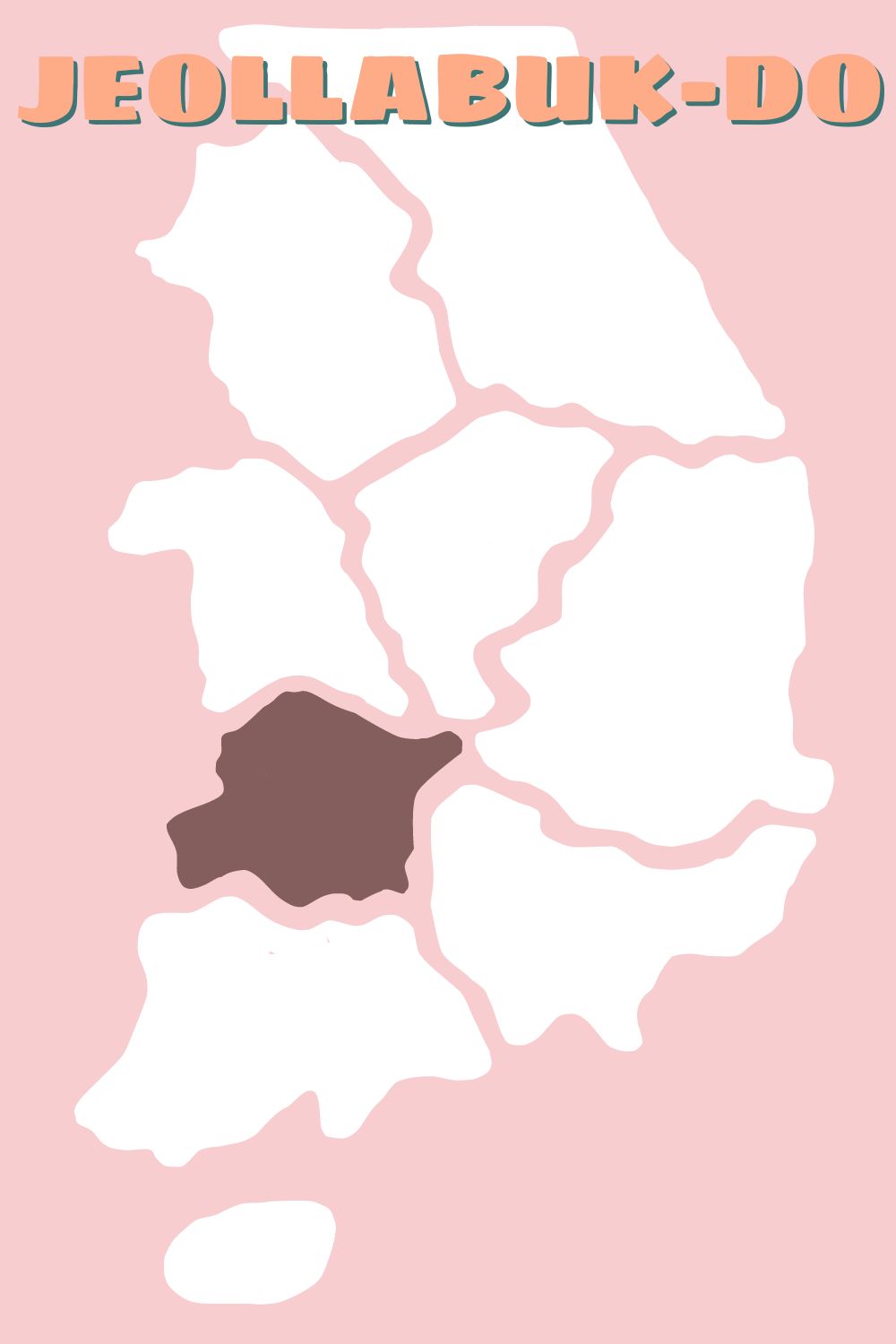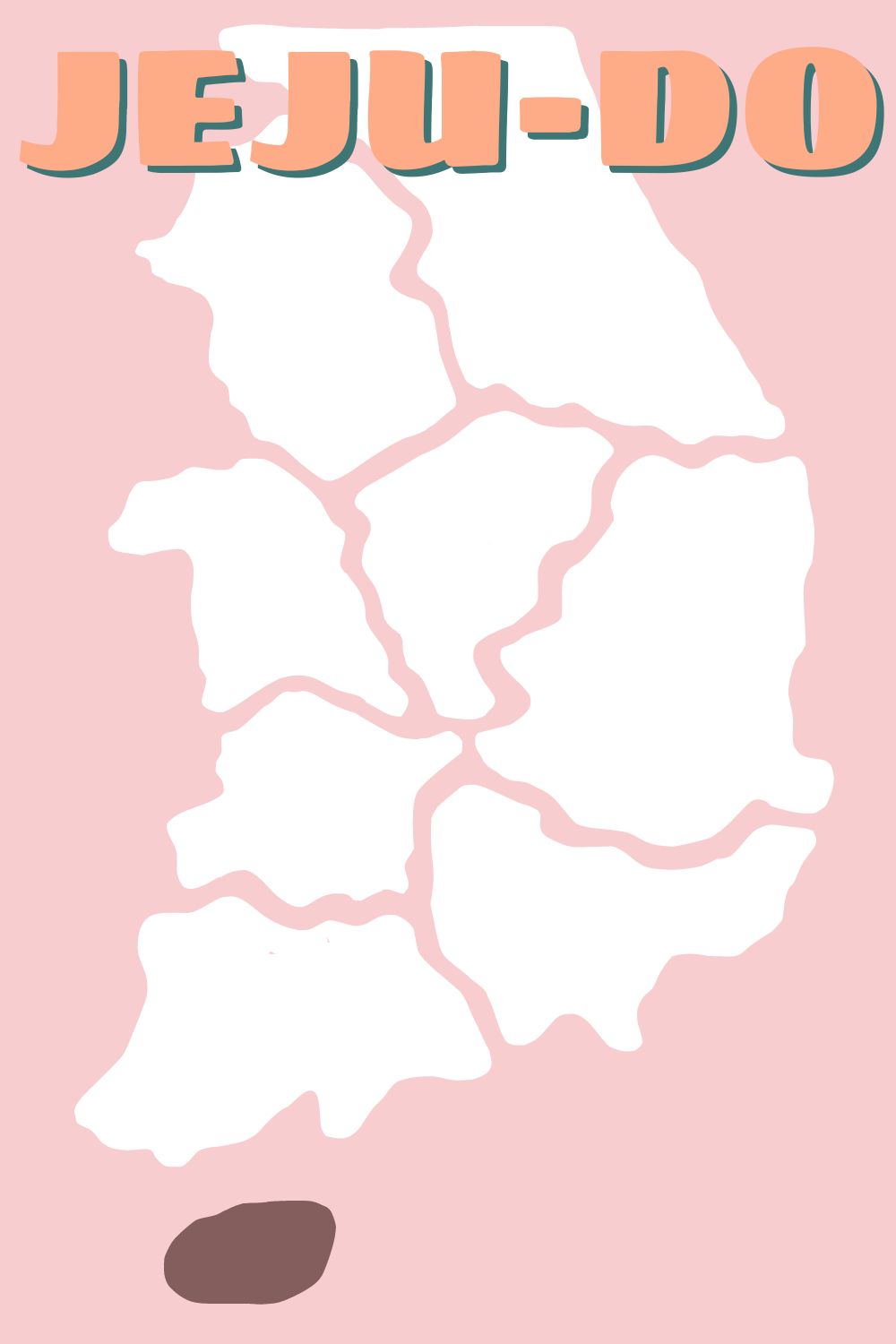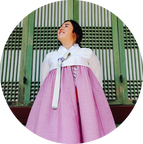|
Let's begin with the history of Korea. Legend says that the first kingdom of Korea was founded in 2333 B.C. However, since then historians share that Korea experienced a prolonged time period of political independence and unity - that is, until the Japanese colonization beginning in 1910. For the next 35 years Koreans were completely demoralized - the government was completely reappointed to Japanese officials, schools were closed, and it became illegal to teach the Korean language and Korean history. Large plots of land were taken and sold to Japanese, and even tens to hundreds of thousands of young women from rural villages were taken as "comfort women" for Japanese solders - women who were the same age my grandmother would have been at the time.
To this day, Japan refuses to acknowledge or admit to having any part in the years of abuse of these countless comfort women, ranging from 14 to 18 years old. |
Thankfully, in 1945 Japan surrendered as World War II ended - however it left Korea in shambles. The North of Korea was left controlled by the Soviet Union, and the South was left in the hands of the United States - both of which had worked to remove Japan from the Korean Peninsula. For 5 years the country remained split at the 38th Parallel, until 1950 when North Korea invaded South Korea. They managed to reach and take control of the entire country except for the coastal city of Busan and within 3 months. This was when the United Nations interfered, and North Korea (backed by China) was driven back to the 38th Parallel in just the next year, 1951. For the next two years the border was like a stand off, until finally in 1953 an armstice was signed - leaving Korea as two separate countries. As soon as this went into effect, no one was allowed to cross the new Demilitarized Zone, and an estimated 44,000 families were torn in two and separated forever.
During the Korean War an estimated 3 million lives were lost, and an estimated 2 million children were orphaned or sent into adoption.
Since then, there have been some efforts to reunite families for a brief period of time at the DMZ, however most direct family members who were impacted have since passed.
Now a days, just shy of 80 years since their liberation from Japan, their GDP has increased 31,000 fold - and is considered the 4th largest economy in all of Asia - an amazing feat considering the country's size, and current statistics rank South Korea as the 13th highest GDP in the entire world.
Now a days, just shy of 80 years since their liberation from Japan, their GDP has increased 31,000 fold - and is considered the 4th largest economy in all of Asia - an amazing feat considering the country's size, and current statistics rank South Korea as the 13th highest GDP in the entire world.
GYEONGGI-DO
|
As the most accessible province in South Korea for visitors due to the fact that it houses Incheon International Airport, the Gyeonggi-Do province is known for having incredibly modern amenities while still promoting the traditional villages and palaces. This area is also the most populated, and houses nearly half the country's entire population.
Major Cities :
Top Attractions :
|
GANGWON-DO
|
Gangwon-Do is nicknamed the "adventure province of Korea" due to the fact that it is filled with beautiful mountains and has an incredibly long coastline. With plenty of waterparks, fresh air, access to the mountains and the beaches, and delicious seafood, there's no shortage of fun, adrenaline-pumping things to do in this province.
Major Cities :
Top Attractions :
|
CHUNGCHEONBUK-DO
|
A province known for having a laid back, traditional vibe with plenty of time to enjoy hiking and the outdoors.
Major Cities :
Top Attractions :
|
CHUNGCHEONGNAM-DO
|
Because the Chungcheongnam-Do Province is so centrally located, it is known as one of the transportation hubs of the country, along with having many historic sites from the Three Kingdoms Period. Not only that, but this province stands out by being considered the richest and fastest growing province.
Major Cities :
Top Attractions :
|
GYEONGSANGBUK-DO
|
The Gyeongsangbuk Province is known for having cultural and historical tradition, as well as many beaches. Not only are most of the Korean historical dramas filmed in this area, but if you decide to visit this area you'll experience more traditional Korean culture than in many other provinces.
Major Cities :
Top Attractions :
|
GYEONGSANGNAM-DO
|
Similar to the Gyeonggi-Do province, Gyeongsangnam-Do is one of the only other province with an international airport. Known for it's laid back vibe and easy access to hiking and beaches, in your down time you can visit many of the smaller islands near by.
Major Cities :
Top Attractions :
|
JEOLLABUK-DO
|
The Jeollabok-Do province is one of the few in Korea known for its blossoming LGBTQ community. It's also said to have some of the best food in the entire country - happening to attract some of the biggest foodies out there.
Major Cities :
Top Attractions :
|
JEOLLANAM-DO
|
Being one of the furthest south provinces in South Korea, this area is often known for it's warm weather and many beaches - and is one of the places many Koreans flock to for vacation.
Major Cities :
Top Attractions :
|
JEJU-DO
|
Jeju-Do is often considered the Hawaii of Korea - and for good reason. With incredible beaches, lava tubes, and dozens of waterfalls, when you visit Jeju-Do you'll experience a completely different, nearly tropical, side of Korea. Plus, with it's huge export of citrus, you'll see oranges everywhere!
Major Cities :
Top Attractions :
|
